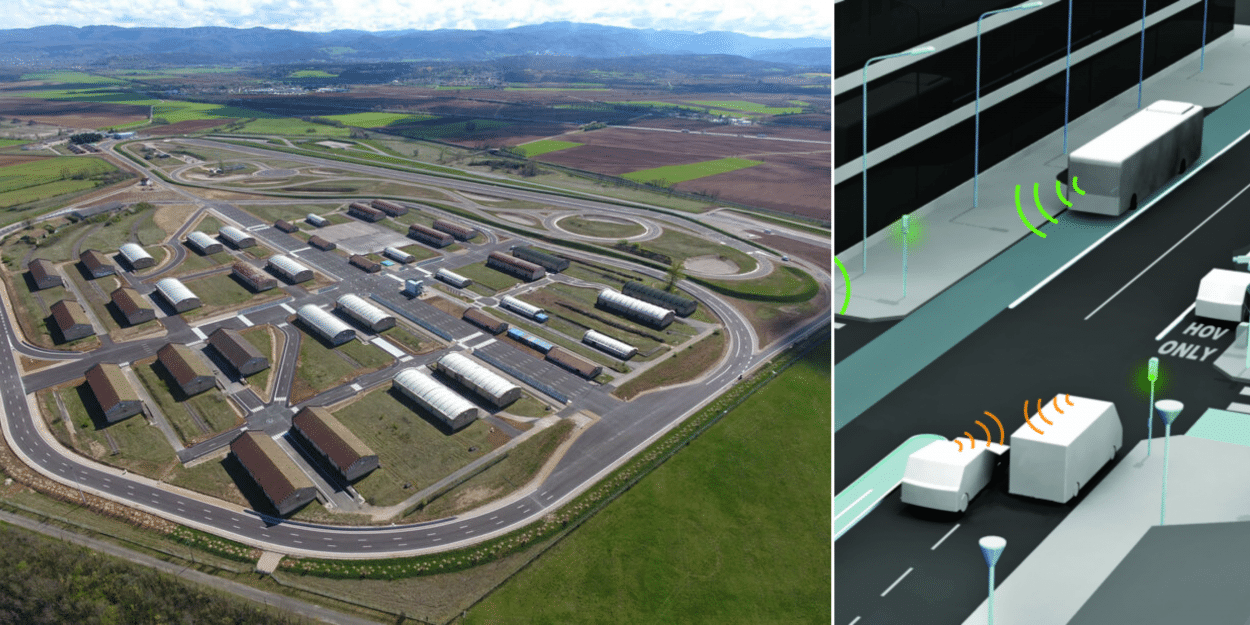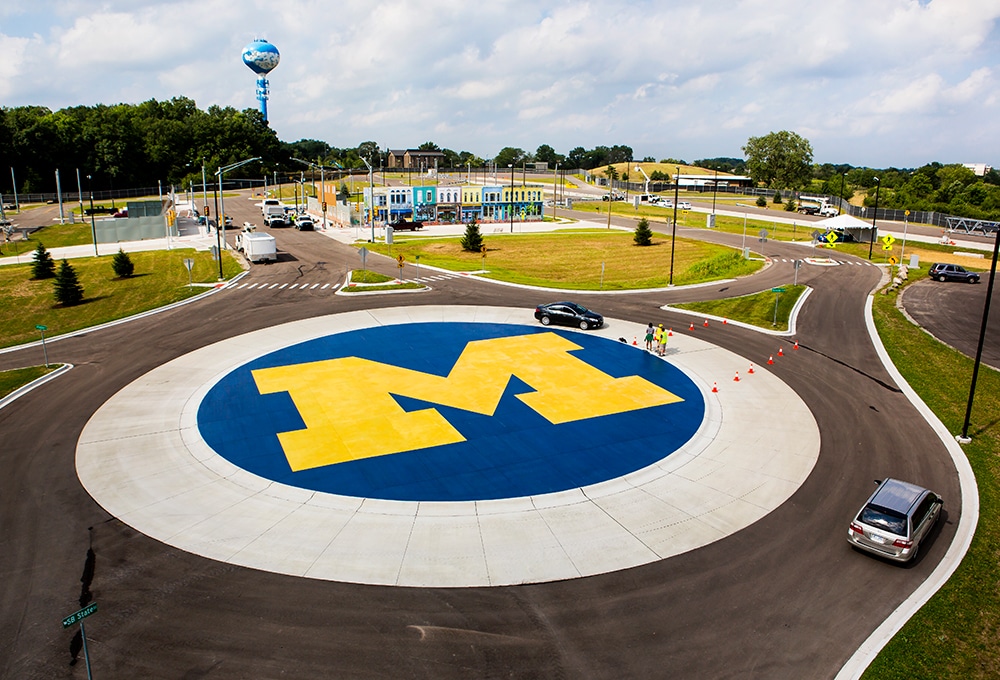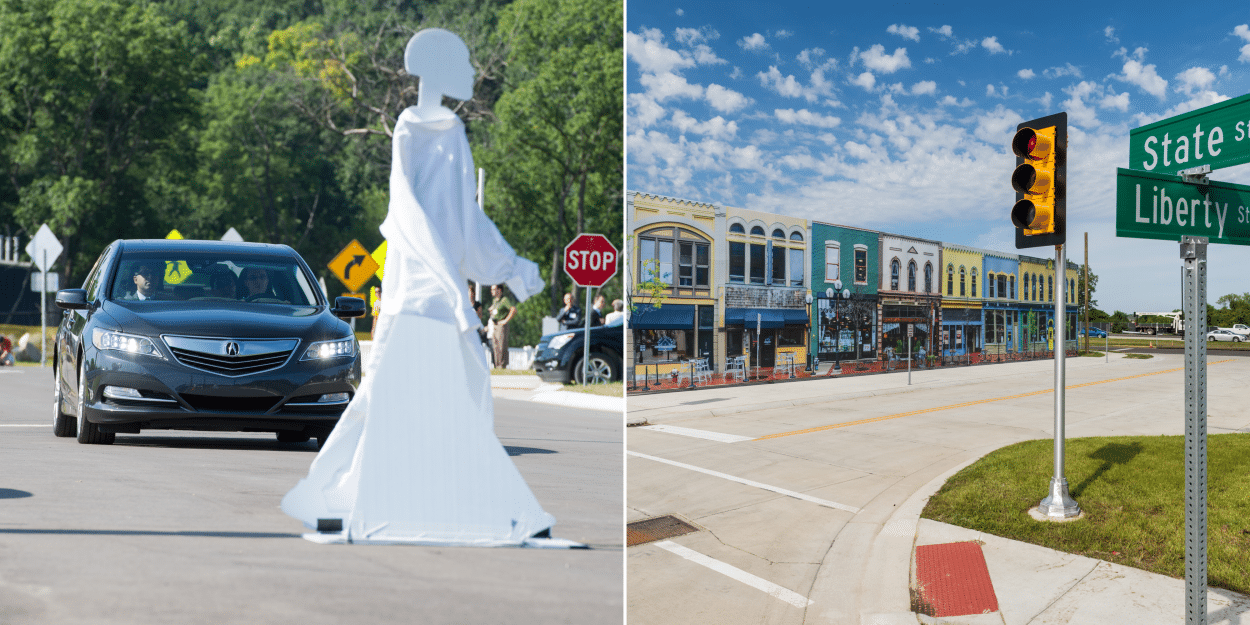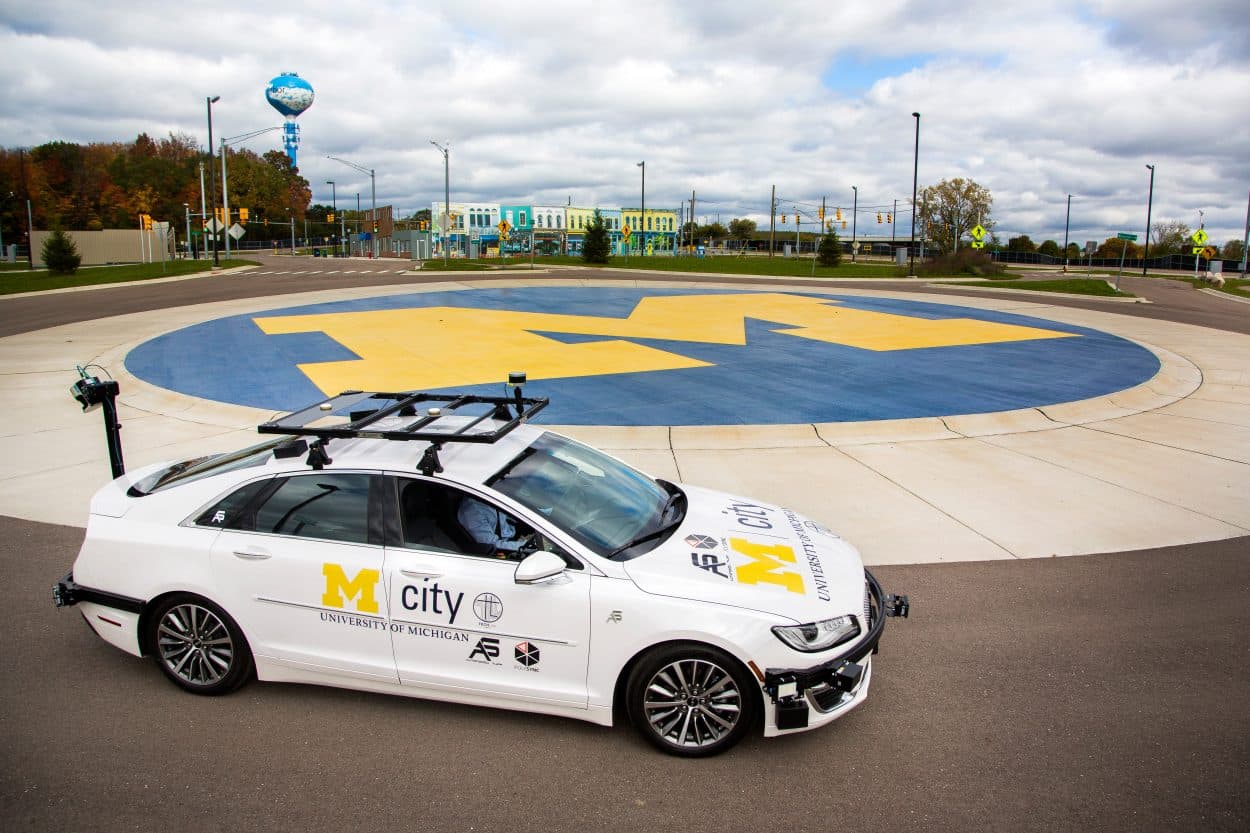Today we stand on the cusp of an autonomous vehicle revolution. From declining car ownership and lower levels of congestion to narrower streets and the elimination of car parks, self-driving vehicles promise to reshape the way we travel and the environment we travel in. But before we see such vehicles in widespread use on our streets, manufacturers need to prove they are safe.
Safety has always been a top priority for the autonomous vehicle industry. But after an Uber-operated self-driving vehicle killed a pedestrian in Arizona in 2018, there are more concerns than ever about the capabilities of the technology. Besides, such vehicles are increasingly being tested on public streets. This heightened uneasiness has contributed to the recent proliferation of so-called “fake cities”.
Testing: The Million-Mile Question

The roads we drive on every day are ever-shifting, unpredictable places. Cyclists emerge suddenly from blind spots. Pedestrians dash across the street talking on smartphones. A car ahead brakes suddenly as an extra-wide vehicle approaches on the other side. Autonomous vehicles will have to react routinely to these situations, and countless others. But they will have to keep their occupants, out of harm’s way.
But how do you test a self-driving vehicle that may not be fully ready for the road, without letting it loose on the road itself? Fake cities are the solution. Complete with streets, buildings, traffic lights, and pedestrians, they are a way for car companies to put their vehicles through controlled, repeatable tests without having to contend with unpredictable environments.
We talked to Stephane Barbier, Chief Development Officer of Transpolis. It is Europe’s largest mobility testing ground located at the foot of the French Alps. According to him,
“To statistically prove an autonomous vehicle is as good as a human driver it would have to be road tested for millions of kilometers. Fake cities, complemented by virtual testing, are the best way to rack up the testing kilometers without putting lives at stake.”
Driverless in Detroit

Opened in 2015, MCity is one of the longest-established fake cities. The 130,000 square-meter University of Michigan facility, which cost $10 million to construct, boasts moveable facades, paved, gravel and brick roads, roundabouts, zebra crossings, junctions with obstructed views, and even robotic pedestrians and deer.
From dense tree foliage to simulated tunnels, a range of features are designed to fully challenge driverless vehicle systems. They rely on Wi-Fi and satellite signals), while reflective surfaces strain onboard radar and image processing sensors.
MCity’s customizable research vehicles, which can be used by any software developer, are equipped with a range of sensors. They include radar, lidar, and cameras. A recently added software interface allows users to control much of the facility infrastructure from a phone or vehicle computing platform. For MCity data architect Tyler Worman,
“This has really lowered the barrier to entry for conducting complex tests.”
In 2019, MCity added a 5G network to allow the testing of solutions. 5G-connected cameras and signal controllers were installed at every intersection inside the MCity test track to help identify traffic and pedestrian patterns to prevent collisions.

Future Focus
In 2018, South Korea pushed the fake city boundaries further when it opened K-City. This 320,000-square-meter autonomous car testing facility is just south of Seoul. South Korea hopes to commercialize Level 3 autonomous vehicles by the end of 2020. This requires a driver to sit behind the wheel for emergency takeover.
At the time it opened, K-City was the world’s first autonomous vehicle testing site connected by 5G. This means advanced technologies for autonomous vehicles such as infotainment features can be tested at the site. The K-City environment is embedded with a range of sensors., Seong-Hui Han of the K-City management office explains:
“Four roadside units have been installed to evaluate the compatibility of WAVE (Wireless Access in Vehicular Environments) communications and provide data, as well as three base stations to provide 5G/LTE data. This information is provided every 100 meters, including signal and virtual event information.”
As with MCity, the K-City environment is continually being refined and upgraded, Seong-Hui Han adds:
“K-City is built on open land, so there are plans to test signal disruption by building a communications shading facility. We are also building a weather simulation facility to test the effect of various weather conditions on self-driving vehicles.”
And, like many fake cities, the longer-term future of the site lies in testing vehicles with higher levels of autonomy, Seong-Hui Han says:
“By 2027 we hope to have upgraded the site for the testing of Level 4, fully autonomous vehicles.”











